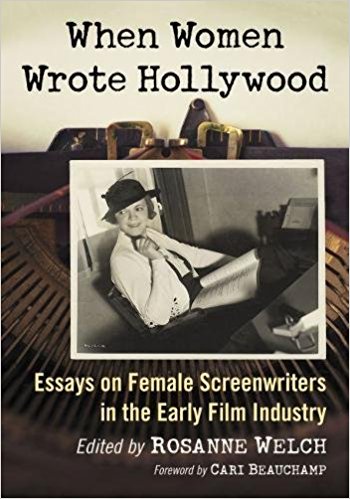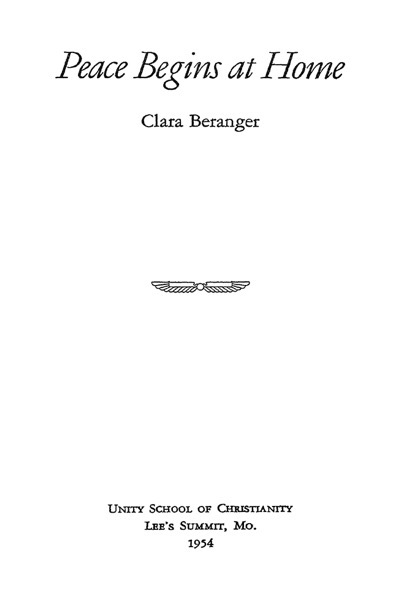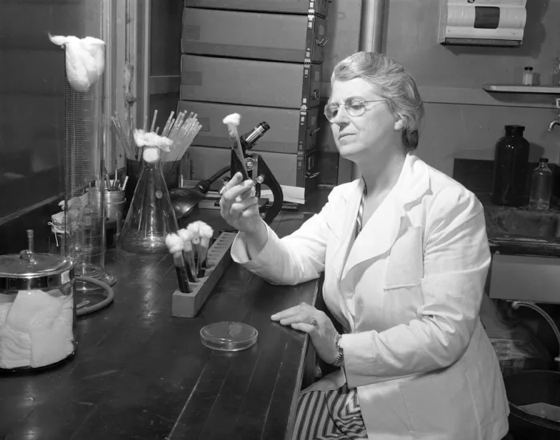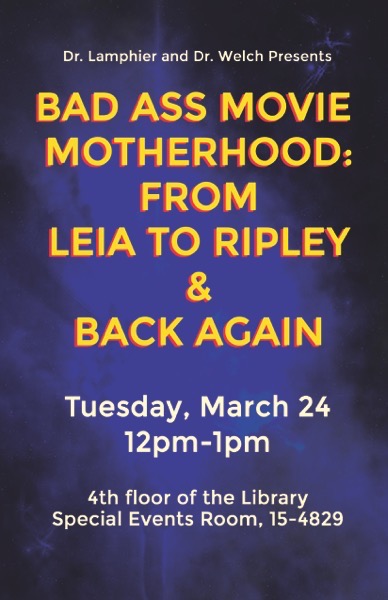Part of the California State University, Fullerton Faculty Noon Time Talks at the Pollak Library.
Watch this entire presentation
Subscribe to Rosanne’s Channel and receive notice of each new video!
Transcript:
Of we move further, a lot of people know The Golden Girls, and hopefully, they know Maude and all these lovely shows. That’s who gave those shows to us. Susan Harris is my favorite TV writer. The longest TV running career. All of the stuff iconic. All of the stuff beloved and people don’t think about her name. She wrote the entire first 2 seasons of Soap herself — no staff. She wrote every episode for 2 seasons and that’s in the days of doing 35 episodes, not 23 or 22 or 12, which is the new reality, right? So Susan is pretty brilliant. Linda Bloodworth-Thomason created Designing Women which I also think is quite a brilliant show and she wrote the first full season of that herself. She’d won an Emmy nomination for her first freelance episode which was an episode of M*A*S*H and it was her and a partner and they were the first people to go into the M*AS*H writing offices –they were 2 women — and they said: “What happens to Hot Lips on the nights when Frank’s not around?” Because she was an officer, which means she couldn’t fraternize with all the other nurses because they were not officers. So she’s lonely in her place all night and it was a study of loneliness and how awful her life was because she could have no friends and she couldn’t share her story with anybody back home because she was having an affair with a married man. So they focused on that and they got an Emmy nomination for looking at the honest emotions of that previously comedic character. They gave her the fullness that made her become a lead on that show.
Dr. Rosanne Welch discusses the women in her new book “When Women Wrote Hollywood” which covers female screenwriters from the Silents through the early 1940s when women wrote over 50% of films and Frances Marion was the highest paid screenwriter (male or female) and the first to win 2 Oscars. Yet, she fails to appear in film history books, which continue to regurgitate the myth that male directors did it all – even though it’s been proven that the only profitable movies Cecil B. de Mille ever directed were all written by Jeannie Macpherson film ever won for Best Picture was written by Robert E. Sherwood (who people have heard of, mostly due to his connection to Dorothy Parker) and Joan Harrison.
Buy a signed copy of when Women Wrote Hollywood
Paperback Edition | Kindle Edition | Google Play Edition
* A portion of each sale from Amazon.com directly supports our blogs
** Many of these books may be available from your local library. Check it out!
† Available from the LA Public Library
Podcast: Play in new window | Download
Subscribe: RSS








![42 Lucille Kallen and Selma Diamond from “When Women Wrote Hollywood” with Dr. Rosanne Welch[Video] (1 minute 2 seconds)](https://rosannewelch.com/wp-content/uploads/2020/02/csuf-rmw-w3h-42.jpeg)

![27 Fandom and The Monkees from “Why The Monkees Matter: Even 50 Years Later [Video] (1 minute 14 seconds)](https://rosannewelch.com/wp-content/uploads/2020/02/monkees-popcon-2019-27.jpeg)





